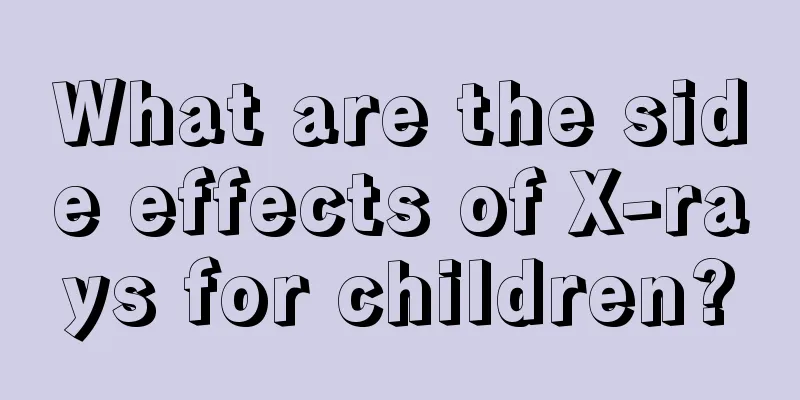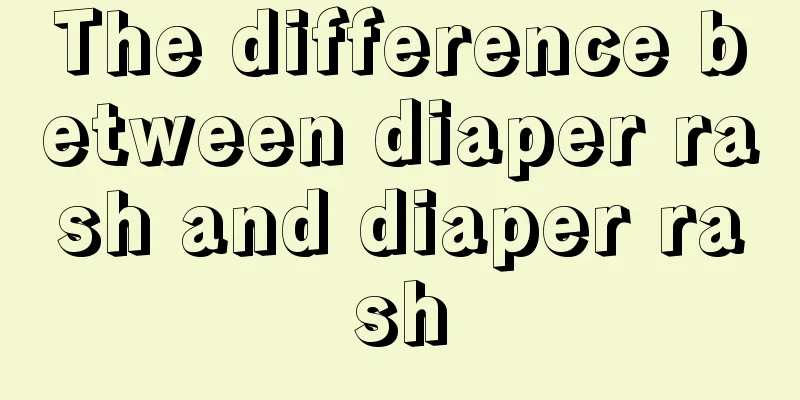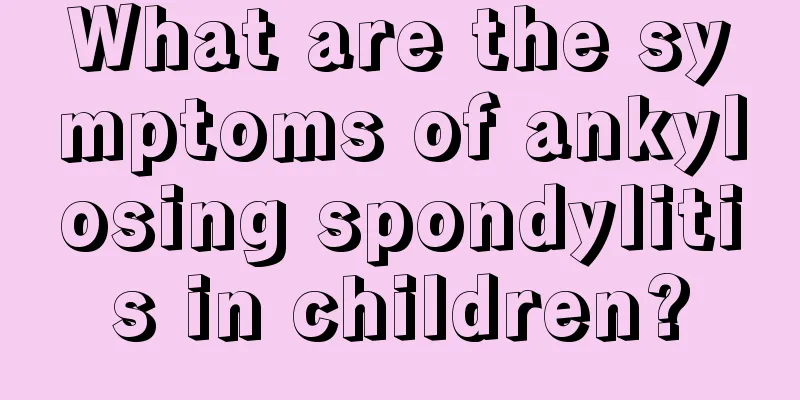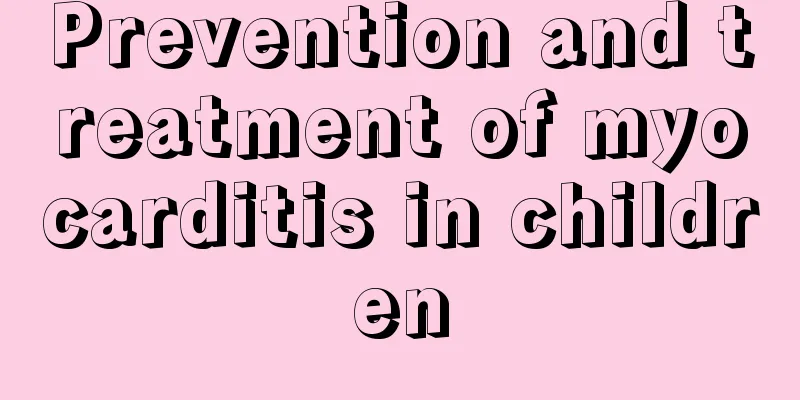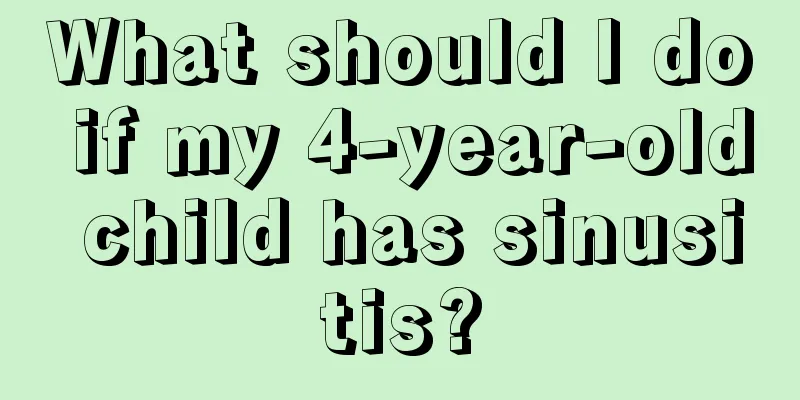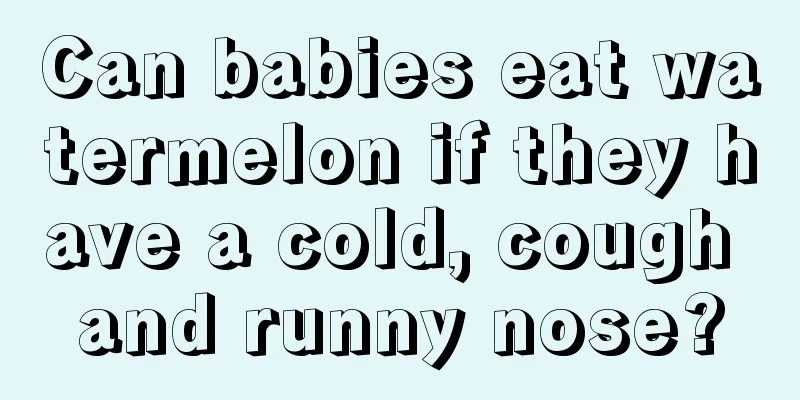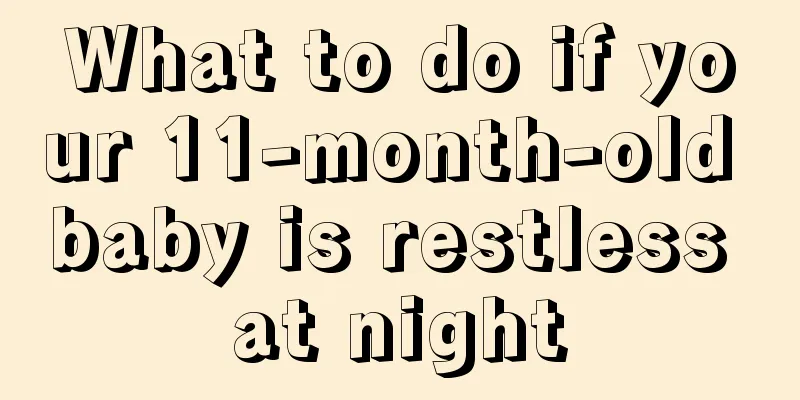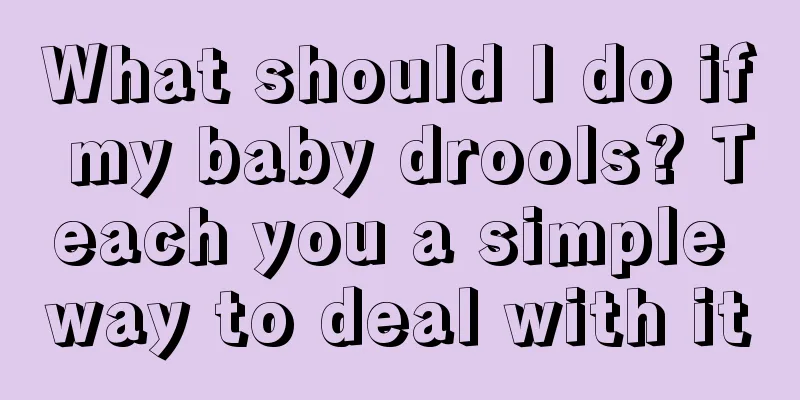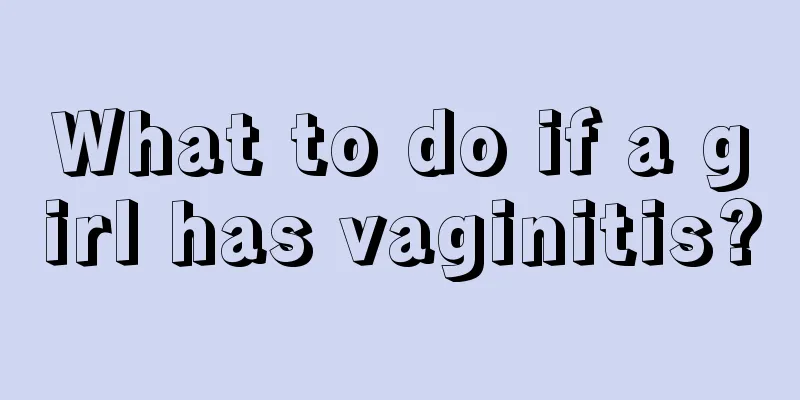Children are easily irritable?
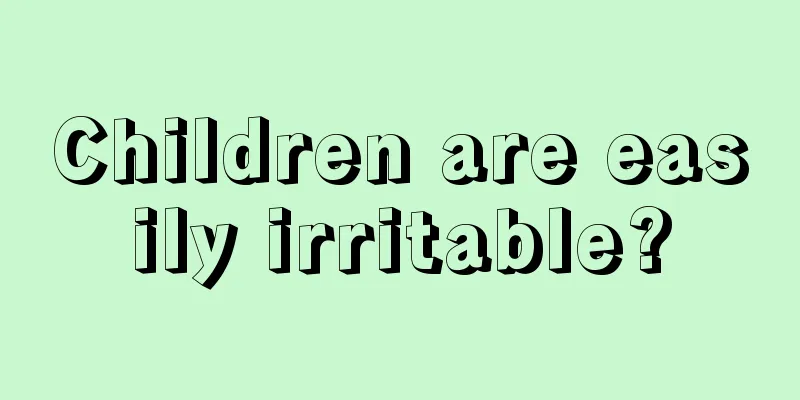
|
Generally speaking, everyone knows that children are very naughty as they grow up. Some babies are particularly irritable, and some babies are very active and very emotional. In fact, this situation is very common. It is very likely that the baby suffers from ADHD, but it may also be a normal situation, which is mostly related to the pampering at home. However, it is best to take the baby to the hospital for examination. If the baby suffers from ADHD, treat the child as soon as possible. Choosing the right method is the key to treating children's ADHD First, comprehensive treatment is the key Choosing the right method is the key to treating ADHD in children. At present, the treatment of ADHD should adopt comprehensive treatment, with psychological behavioral therapy and drug treatment for childhood ADHD as the main method, and other treatment methods as auxiliary methods. During treatment, we emphasize the participation of parents, teachers, medical workers and the whole society, especially parents and teachers. All parties should coordinate with each other and work together to achieve good treatment results, help children with ADHD correct psychological, emotional and behavioral abnormalities, improve academic performance, enhance self-confidence and self-esteem, and give full play to children's potential. Some people think that ADHD does not need treatment; some people think that education is all that is needed; and some people think that treating ADHD in children is only the doctor's job and has little to do with teachers or parents. These are all incorrect views. Second, continuous treatment should emphasize In the past, the treatment of ADHD in children often adopted intermittent treatment because they only paid attention to children's learning problems and were concerned about the side effects of drugs. That is, taking the medicine from Monday to Friday, stopping the medicine on weekends and holidays. In fact, this method of taking medicine is not scientific. The symptoms of ADHD are always present. They are not just learning problems, but also include other behavioral problems, emotional problems, and various functional problems. If intermittent treatment is used, symptoms may improve during learning, but other problems will not improve. In fact, children's behavior and various functional problems are more important than academic performance. Therefore, it is currently advocated that children take medication continuously to treat ADHD. Even on weekends or holidays, medication should be taken. Only in this way can the ideal treatment effect be achieved. What are the symptoms of ADHD in children? ADHD in children is generally known as attention deficit hyperactivity disorder in medicine. ADHD is one of the most common psychological disorders among children and adolescents. Children of this type have normal or basically normal intelligence but have defects in learning, behavior and emotions. They have difficulty concentrating, short attention span, excessive activity, and impulsive emotions that affect their academic performance. They have difficulty getting along with others at home and at school, and make daily life difficult for parents and teachers. Symptom 1: Lack of concentration 1. Often fail to pay attention to details or frequently make careless mistakes in homework, work or other activities; 2. Difficulty maintaining concentration at work or at play; 3. He often seems to be listening but not really listening when others are talking to him; 4. Often fails to complete homework, housework or work according to other people's instructions (not due to defiance or failure to understand); 5. Often have difficulty organizing work and study; 6. Often avoid, hate or are unwilling to do tasks that require concentration (such as schoolwork or homework); 7. Frequently lose items needed for study and activities (such as toys, school-assigned homework, pencils, books, or tools); 8. Often easily distracted by external stimuli; 9. It is easy to forget things in daily life. Symptom 2: Hyperactive or impulsive behavior 1. Frequently moving hands and feet or twisting in seats; 2. Frequently leaving seats in classrooms or other environments where sitting is required; 3. Frequent running or crawling around in inappropriate situations (for adults or adolescents, this is limited to subjective feelings of restlessness): 4. Often have difficulty playing quietly or engaging in leisure activities; 5. Often busy or constantly moving as if "on a motor"; 6. Often talk too much; 7. Often rushes to answer before others finish speaking; 8. Often have difficulty waiting quietly or queuing in order; 9. Often interrupt or interfere with other people's activities (such as interrupting or interfering with other people's games). |
>>: What are the effects of frequent moving on children?
Recommend
What are the causes and symptoms of headaches in children?
There are many reasons that cause children's ...
What can children take to grow taller?
Many people try every possible means to make thei...
How to improve memory in children
Memory is becoming more and more important in tod...
3. Children's gums are swollen and painful due to inflammation
Children are the group most likely to get inflame...
What should I do if my three-month-old baby has not defecated for four days?
My baby is 3 months old, but he hasn't had a ...
Can babies eat fresh lotus seeds?
Lotus seeds are rich in nutritional value, so whe...
What to do if children have low hemoglobin
When many people go to the hospital to check thei...
Why is my four-month-old baby having green poop?
We know that babies will have different changes a...
What to do if your baby vomits after falling
Sometimes due to the carelessness and negligence ...
What to do if your baby moves too much when sleeping at night
Some babies are always restless when they sleep a...
Children's stool is dry and hard
In the past when medical technology was not under...
8 month old baby urticaria
Children are the apple of their parents' eyes...
How to prevent vitiligo in children?
If parents find some white spots or white spots o...
What to do if a four-month-old baby has diarrhea
Since babies are not well developed yet, their di...
How to distinguish influenza from the common cold in children
Cold is a common disease in our daily life. No ma...
